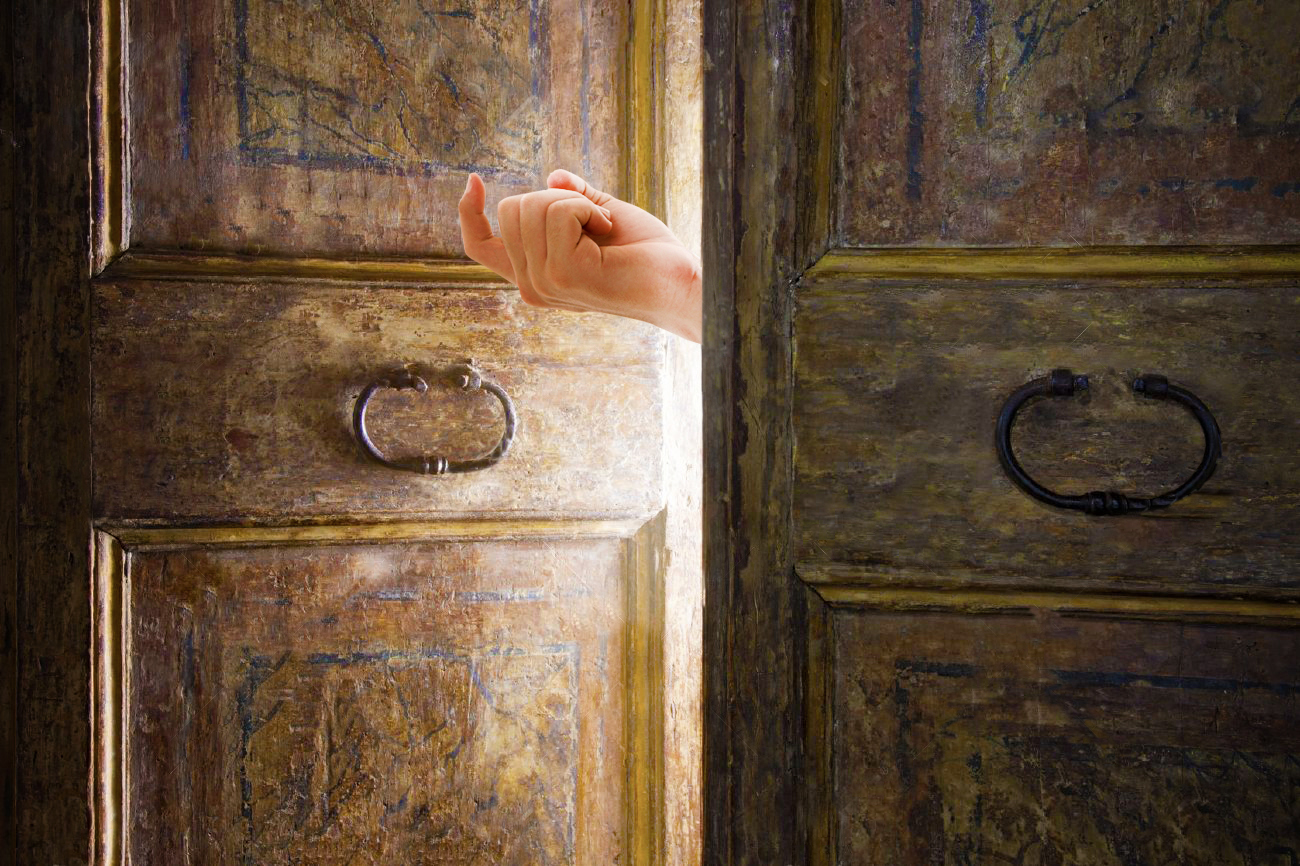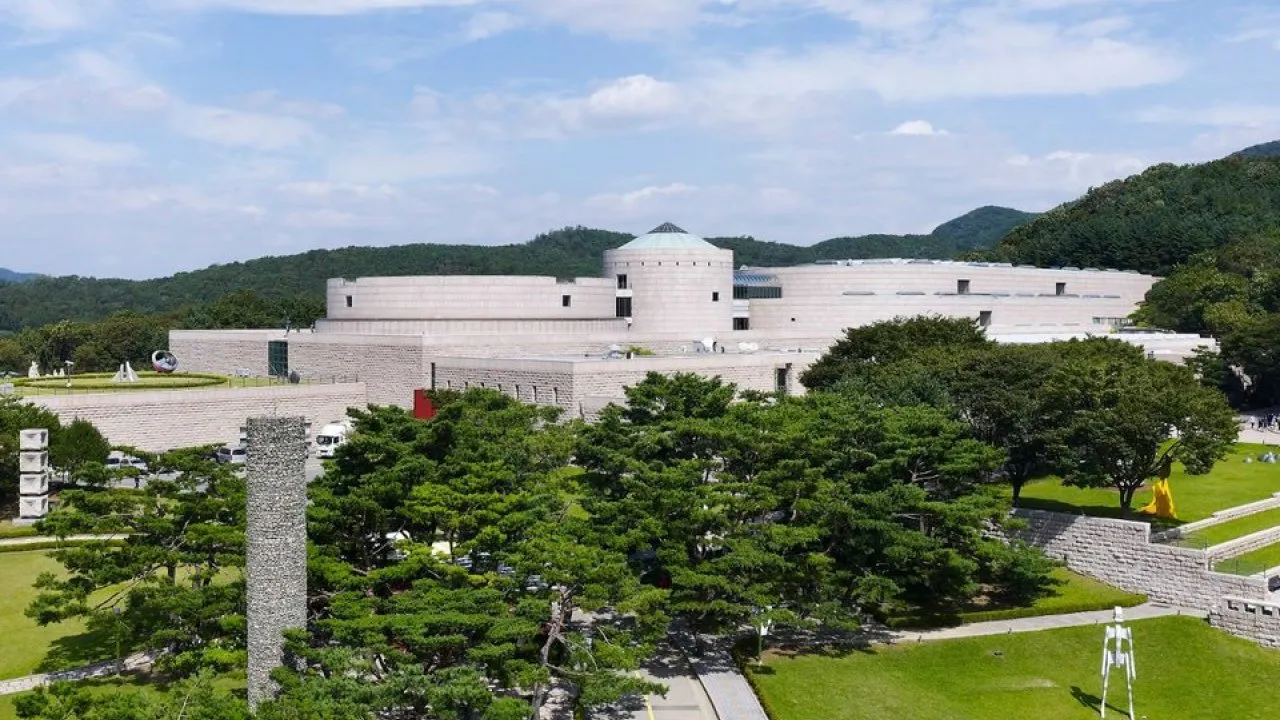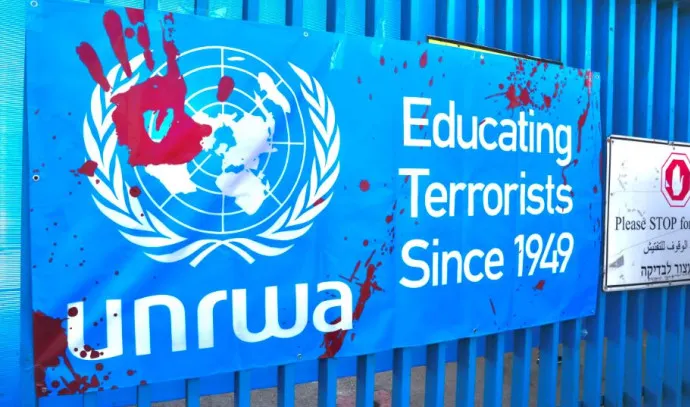As we are all confined to barracks, it is a great opportunity to try new things. How about a virtual tour of a world famous museum or art gallery? Maybe you have already visited this place or maybe it was on your bucket list? This time we are off to Seoul as they seem to have gotten on top of Covid quicker than most.
Today’s tour is of the National Museum of Modern and Contemporary Art, Seoul. Wikipedia tells us:
The National Museum of Contemporary Art (MMCA), also known as Gwacheon Contemporary Art Museum, is located in Gwacheon, South Korea. The museum was initially established in Gyeongbokgung on October 20, 1969, but was moved to Deoksugung in 1973. It was moved to its current location in 1986. Founded to contribute to the development of Korean contemporary art by systematically conserving and exhibiting artworks created since 1910, the museum’s area of 73,360? spreads over three floors, and has an outdoor sculpture park occupying 33,000?. The motif of the architecture is that of a traditional Korean fortress and beacon mound, and the building has a unique spiral- formed interior where Dadaigseon, one of the most famous video artworks by Nam June Paik, is located.
The first branch of the MMCA was established in 1998 in Seokjo-jeon of Deoksugung (Jeong-dong, Jung-gu, Seoul, South Korea), in order to further increase the museum’s accessibility for people living in the northern part of Seoul. The museum has four exhibition halls, rest zones and art shops, and the total area is approximately 3,428?.
The Seoul branch of the museum opened in November 13, 2013, next to Gyeongbokgung. Built on and next to the former Military Defense Security Command building, the architectural design adopted the madang (yard) concept, which successfully integrated the exterior and interior of the building to the surrounding environment. The madang also serves as a public leisure space as well as a space to hold outdoor artistic events and programs.
The third branch of the MMCA is currently under construction in Cheongju-si, Choongcheongbuk-do, South Korea, with its prospective opening in 2016. The purpose of the third branch is not only to conserve artworks, but also to train people in art conservation.
Click on the door to see what’s on the walls.

https://thebfd.co.nz/2020/04/take-a-tour-2/
https://thebfd.co.nz/2020/03/take-a-tour/
https://thebfd.co.nz/2020/04/take-a-tour-national-gallery-of-art-washington-dc/









